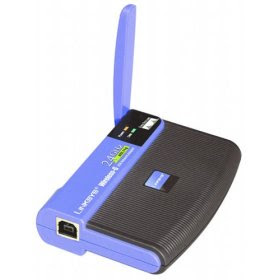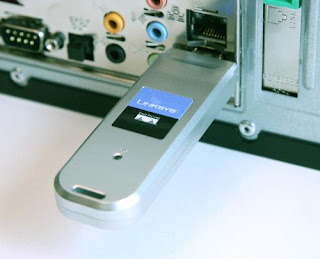This is just a simple guide to help fix most network problems. It doesn't cover installing NIC drivers, configuring DNS, or the very basics such as how to connect to a network. This is just here to give you some steps to take before you decide to call up your ISP and ask for further assistance.
STEP 1Restart your browser and try visiting other websites. Are you able to go to visit other sites or are you still receiving the same error?
If other sites work then the website you were trying to visit is down. Otherwise move on to step 2.
STEP 2Is your computer connected to your router? There are two ways this can be done; wireless or with an ethernet cable. Ethernet cables are usually blue and the ends look like phone jacks. Make sure the cable or wireless adapter is plugged in all the way and isn't loose.
Here are some examples of wireless adapters:



STEP 3Unplug both your modem and your router from their power source. The modem is the device that either plugs into the wall via a phone line or a coax cable (the same kind of cable that your TV plugs into the wall with). The only connection between the router and the wall is the power cable. Now would be a good time to make sure the router is connected to the modem, there should be a cable going from the modem into a slot on the back of the router labeled "WAN". Wait 1 minute and then plug the power back into the modem. Now wait 2 more minutes and then plug the power back into the router. Wait another minute and then reboot your computer.
STEP 4Test connectivity between your computer and your router. To do this open the command prompt by clicking "Start > Run" and then enter "cmd" or "cmd.exe" and press enter. Type "ipconfig" in to the black window that pops up.

Now make note of the "Default Gateway", in this photo it would be "10.0.0.1" Now try to "ping" the router by entering the command "ping
". So in my case I would type in "ping 10.0.0.1" and would get something like the following, replacing the "google.com" with your default gateway:

The second section indicated by the red box that says "Packets: Sent" shows you whether your ping requests are able to reach the router. If you are sending 4 and receiving 0 then there is a connection problem between your computer and your router.
Here are some other good links:
http://www.microsoft.com/windowsxp/using/networking/setup/wireless.mspxhttp://support.microsoft.com/kb/928429http://searchnetworking.techtarget.com/news/article/0,289142,sid7_gci945257,00.html









